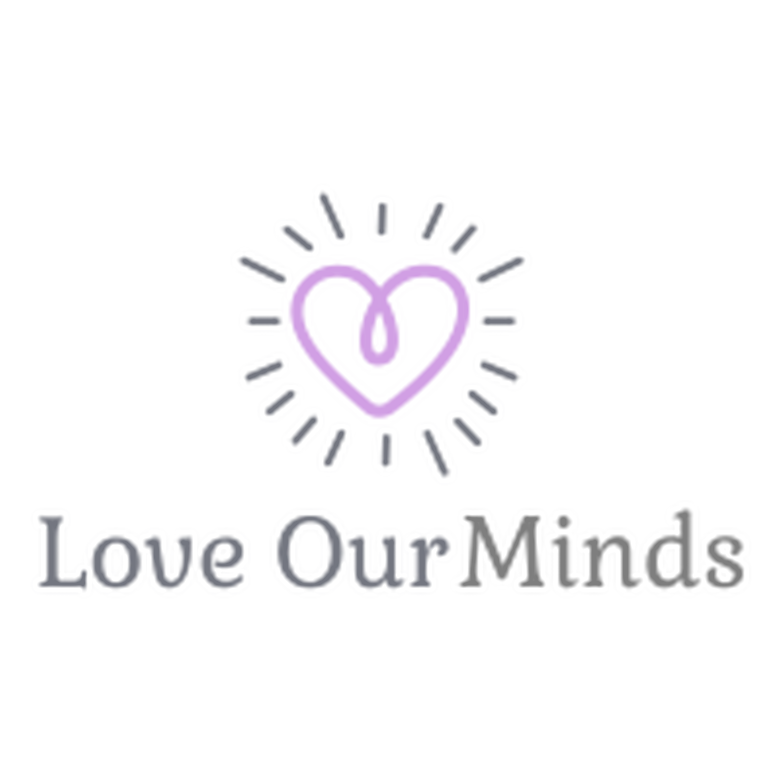If you suffer from anxiety, you’re not alone. Maybe you only feel anxious every once in a while. Or, perhaps you feel like you’re living in a constant, uncontrollable state of worry. Either way, anxiety is uncomfortable and can seriously affect your health and wellbeing. Next time you feel anxious, try using these 6 anxiety relief techniques that work instantly and can be done anytime, anywhere.
*Scroll down to the bottom of this article to get the FREE Calm and Collected Journal, a collection of prompts, exercises, and affirmations to help you beat anxiety. *
Practice mindfulness with grounding techniques
Another easy way to practice mindfulness is by using grounding techniques. These are mental exercises that help bring you back to the present moment by focusing on your surroundings. Describe what you’re experiencing using your five senses. A common grounding exercise is the 5-4-3-2-1 technique. Tune into your body and the environment around you, then name:

Deep breathing
Although deep breathing is a popular technique for anxiety relief, it’s often overlooked or not done properly. Deep breathing doesn’t just mean slowing down your breath, although that is part of the process. There are a few more things you can do to make it effective:
-Exhale longer than you inhale. When you inhale, you are stimulating your sympathetic nervous system, which prepares your body for physical activity. It causes an increase in heart rate, sweating, and other symptoms that are associated with anxiety. Exhalation stimulates your parasympathetic nervous system, which does the opposite: it prepares your body for rest by lowering your heart rate and blood pressure, along with other calming effects. To trigger your parasympathetic nervous system and feel more relaxed, try this exercise: inhale for 4 seconds, hold your breath for 7 seconds, and exhale for 8 seconds.
-Breathe from your diaphragm. When we’re anxious, we tend to breathe from our upper chest, which can lead to quicker and more shallow breaths. Breathing from your diaphragm (a muscle located just below the lungs) allows you to breathe more deeply and helps alleviate stress. To practice diaphragmatic breathing, place one hand on your chest and the other on your stomach. You should feel your stomach rising and falling as you breathe, and barely any movement in your chest.
The ABCDE Exercise
Activating event: What is causing you to feel anxious?
Belief – Why do you feel anxious? What do you believe is going to happen?
Consequence – How is your anxiety making you feel? How is it affecting your mind, your body, and your behaviour?
Dispute – Is your belief irrational? How likely is it that the worst case scenario will actually happen? What positive scenarios are more likely to occur?
Effective new beliefs: What is a more helpful way of viewing the situation? If your friend felt anxious about this, what advice would you offer them?
Here’s an example of using the ABCDE technique for public speaking:
A: I have to give a presentation at work tomorrow.
B: I might make myself look bad in front of my boss and coworkers. If it doesn’t go well, I won’t end up getting the promotion I wanted. I’ll probably screw up and stumble on my words. Everyone will notice that I’m nervous.
C: I can’t concentrate and my breathing is getting heavier. I wasn’t able to enjoy dinner with my family because I was worrying about what might happen.
D: I’ve been preparing for weeks. I’ve gone through the presentation several times without a problem. I’ve been successful in my career so far, and my boss and coworkers have always been satisfied with my work. They won’t be judging me as harshly as I think, they’ll just be focusing on the information. I’ll go through the presentation as I practiced and everything will go smoothly.
E: It’s normal and okay to be anxious before an event like this – anyone would be. Even if it doesn’t go well, I won’t lose my promotion over one presentation. I’m experienced in my field and I’m confident that I can give a great presentation on this topic.

Progressive muscle relaxation
Above all, remember that anxiety is a normal part of the human experience. We might get anxious about different things to different degrees, but we all get anxious. Keep these tools in mind for the next time you need instant anxiety relief, and use them along with long-term solutions like journaling for the best results. Scroll down to download your copy of the Calm and Collected journal, a free resource that will help you discover the root of your anxiety and tackle it head-on.
WANT MORE INSPIRATION IN YOUR INBOX?
Subscribe to my email list to receive your copy of the Love Our Minds Anxiety Relief Workbook and Self-Development Journal! You’ll get notified of new blog posts and gain access to free resources designed to help you reach your maximum potential.

Preview of what’s inside:




